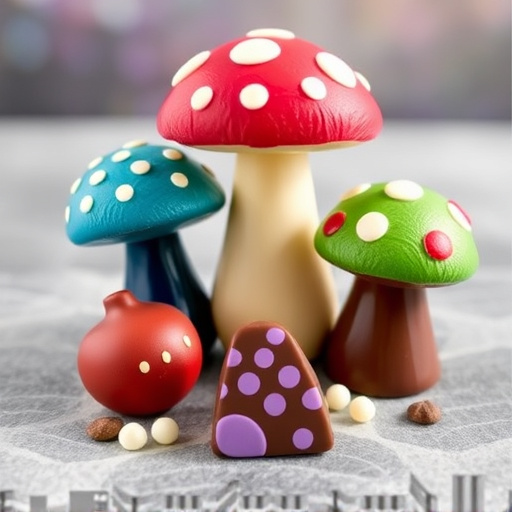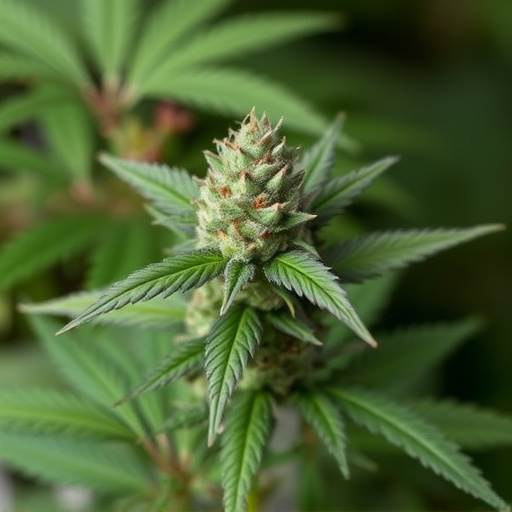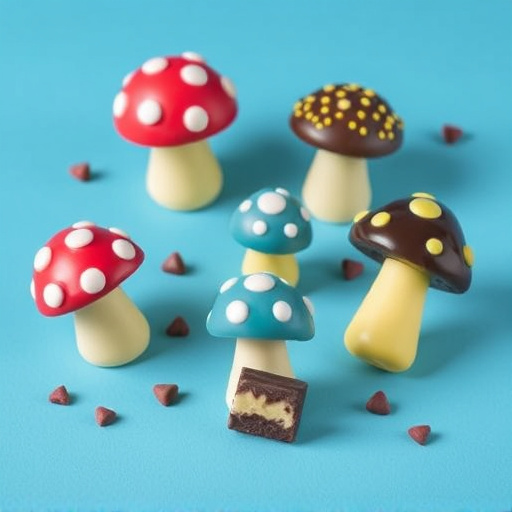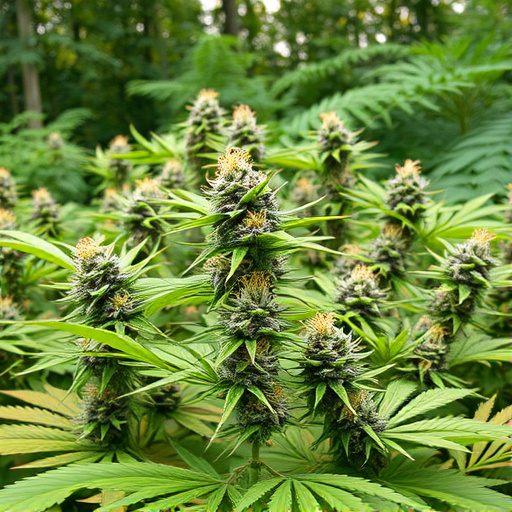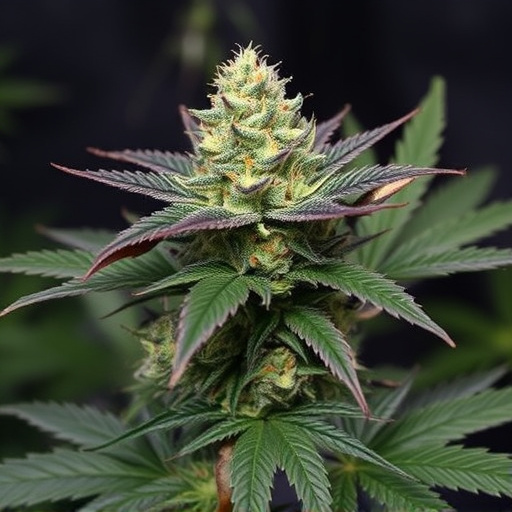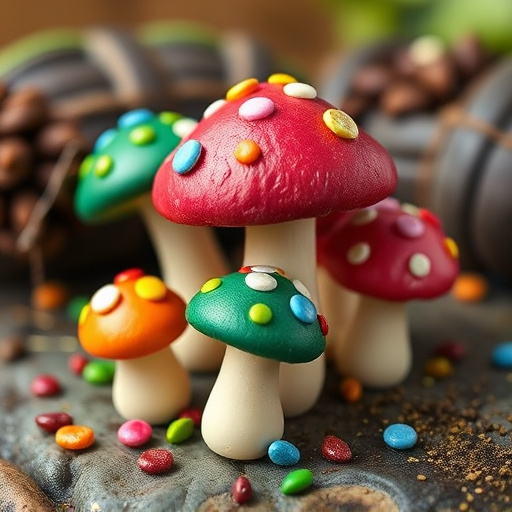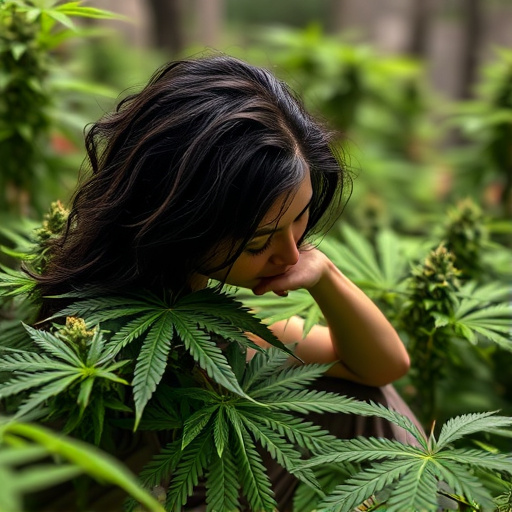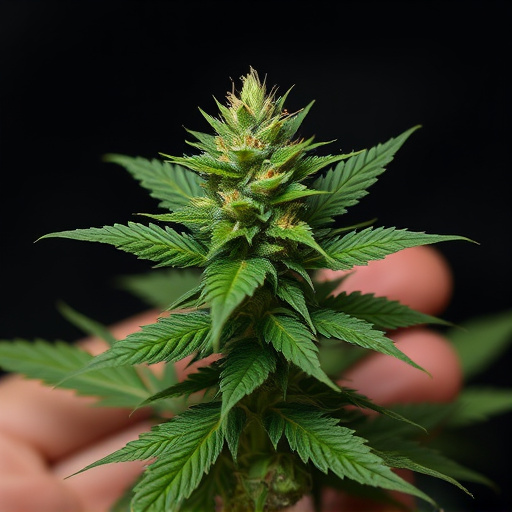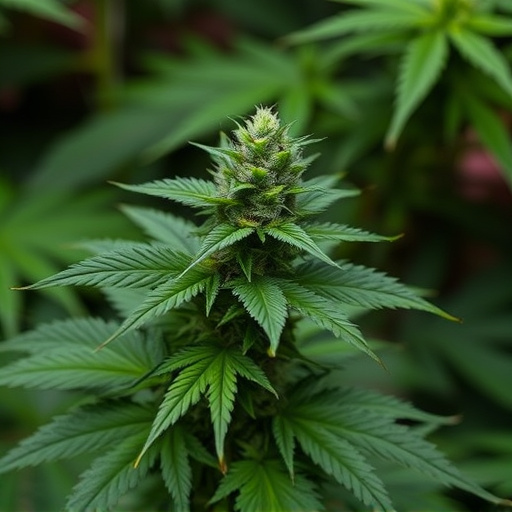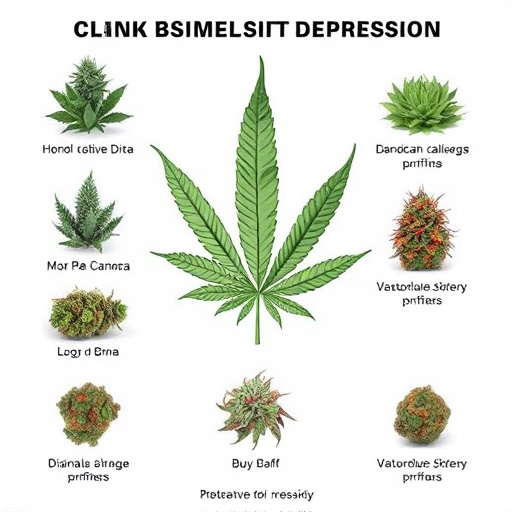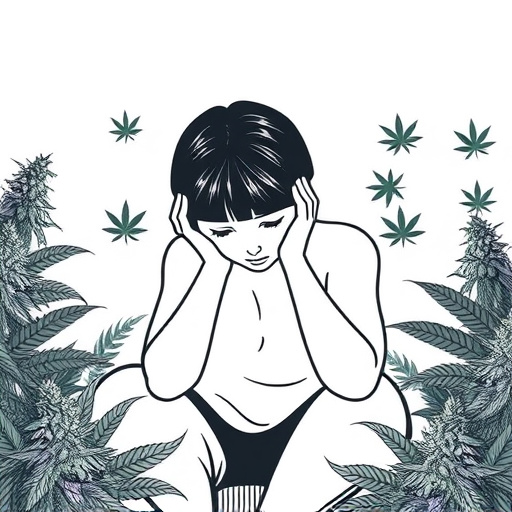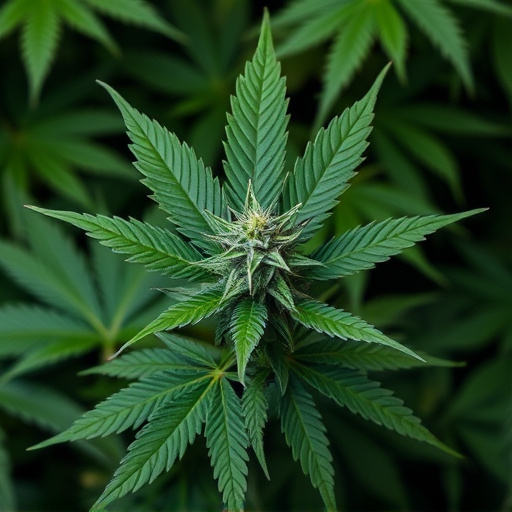Selecting the right cannabis strains for managing depression is crucial due to their unique chemical compositions. High CBD, low THC strains like Granddaddy Purple and Charlotte's Web are favored for their anti-anxiety and mood-stabilizing properties. Indica strains provide calmness at night, while Sativa varieties stimulate mental activity during the day. Hybrid blends offer balanced experiences. Focusing on CBD-rich strains can help manage anxiety without a psychoactive high, making cannabis an attractive alternative treatment for depression.
Smoking cannabis flower has long been a popular method for recreational and medicinal use, offering a range of effects depending on the chosen strain. For those seeking relief from depression, understanding the best ways to consume cannabis is crucial. This article explores effective strategies, focusing on optimizing your experience with cannabis strains specifically tailored for managing depressive symptoms. We’ll cover everything from selecting the right strains rich in CBD to exploring different consumption methods and tips for a safe, beneficial journey with cannabis as a potential therapeutic tool.
- Choosing the Right Cannabis Strains for Depression
- – Understanding cannabis strains and their effects
- – Identifying strains with high CBD content for potential therapeutic benefits
Choosing the Right Cannabis Strains for Depression
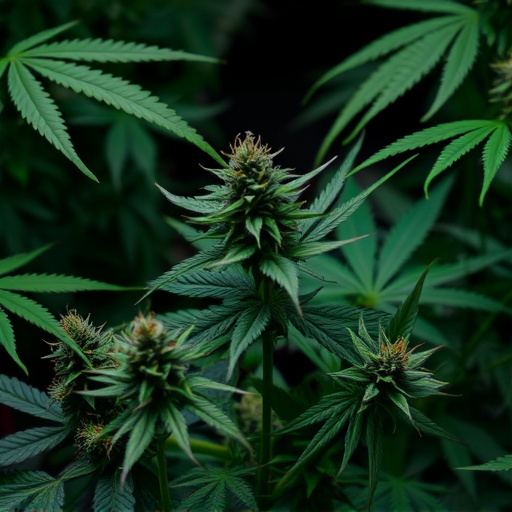
When it comes to using cannabis to manage depression, choosing the right strains is crucial. Different cannabis strains offer unique chemical profiles with varying levels of THC and CBD, which can significantly impact a user’s experience and effectiveness. For depression relief, many individuals find that high CBD strains are particularly beneficial due to their potential anti-anxiety and mood-stabilizing effects.
High-CBD strains, typically containing less than 1% THC, are known for their minimal psychoactive properties, meaning they won’t induce the same level of euphoria as higher THC strains. Instead, they offer a calmer, more balanced experience. Popular choices include Granddaddy Purple, Charlotte’s Web, and AC/DC, each offering distinct aromas and effects that can help alleviate symptoms of depression while minimizing any potential anxiety or paranoia associated with stronger strains.
– Understanding cannabis strains and their effects
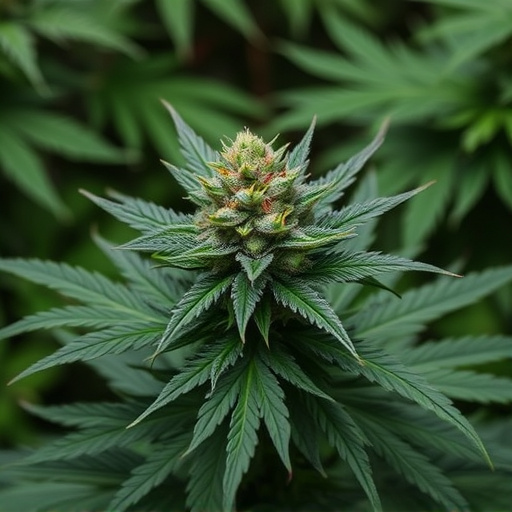
Understanding cannabis strains and their effects is crucial when looking for the best way to consume cannabis flower, especially for specific conditions like depression. Different strains offer a variety of therapeutic benefits, with some being better suited for lifting mood, reducing anxiety, or promoting relaxation. For instance, Indica strains are known for their calming properties, making them popular choices for evening use to ease insomnia and reduce stress. On the other hand, Sativa varieties tend to stimulate mental activity, increase energy levels, and improve focus, which can be beneficial during the day for those dealing with depression or chronic fatigue.
When considering cannabis strains for depression, it’s essential to start with low-THC (tetrahydrocannabinol) options to avoid potential anxiety or paranoia that high THC levels can induce. Instead, look for strains rich in CBD (cannabidiol), a non-psychoactive compound known for its calming effects and ability to interact positively with the body’s endocannabinoid system. Many modern cannabis varieties are hybrid blends, combining the best of Indica and Sativa to offer tailored experiences. For depression management, a balanced strain or one specifically bred for mental health may be most effective, providing both uplifting and relaxing benefits without overwhelming sensory input.
– Identifying strains with high CBD content for potential therapeutic benefits
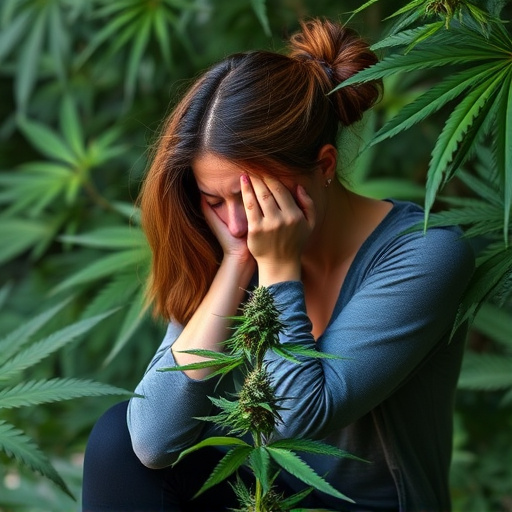
When considering cannabis for potential therapeutic effects, especially for conditions like depression, it’s crucial to look for strains with a high CBD (cannabidiol) content. Unlike THC (tetrahydrocannabinol), CBD is non-psychoactive and has been extensively studied for its anti-anxiety and mood-stabilizing properties. Certain cannabis strains are naturally rich in CBD, making them ideal choices for those seeking alternative treatments for depression.
Identifying these specific strains can be as simple as consulting with a knowledgeable budtender at your local dispensary or doing some research online. Look for terms like “high CBD,” “low THC,” or “balance” when exploring different options. Remember that the right strain can offer a more controlled and potentially beneficial experience, allowing individuals to explore cannabis’s therapeutic potential without the intense psychoactive effects associated with high-THC strains.
When it comes to using cannabis flowers as a potential treatment for depression, choosing the right strain is key. By understanding the effects of different cannabis profiles and selecting those with higher CBD content, individuals can navigate their options effectively. Remember, while cannabis may offer certain therapeutic benefits, it’s crucial to consult healthcare professionals for personalized guidance, especially when dealing with mental health conditions like depression.

